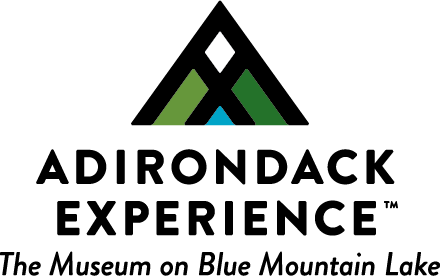Jacoub Reyes
JUNE
YAH-coob REH-ehs
Listen:
Jacoub Reyes is an artist and public academic based in Florida. His artistic research centers his Caribbean and Pakistani background as a relational point which he utilizes to expand on themes of colonialism, social response, and ecosystems as seen in his work with The Institute for Electronic Arts, Ma’s House, The Latinx Project, CENTRO, and most recently Adirondack Experience at The Museum on Blue Mountain Lake. His projects with Alfred University, Hunter College, UCSF, and other prestigious institutions have garnered international acclaim. He graduated from the University of Central Florida receiving a BFA in Drawing and Printmaking. He went on to receive certifications in sustainable materials from Parsons. The intersections found in his work has allowed him to travel globally, engaging in lectures, workshops, and community events with Mid America Print Council, Frontera Galeria Urbana-MX, Museum of Latin American Art, and others. Notable awards and fellowships include the Center for Craft’s Teaching Artist Cohort, South Florida Cultural Consortium Grant, and The Puffin Foundation, among others.
Jacoub at the ADKX
During his residency at ADKX, Jacoub engaged deeply with the region’s layered histories and natural surroundings. His work reflects a thoughtful dialogue between past and present, exploring how landscapes carry stories of cultural transformation, memory, and identity. The resulting piece, The Passage, is a striking woodcut that invites reflection on how we see and shape the land.
The Passage Woodcut on dried pine 12×32”
“My woodcut draws inspiration from a 19th-century engraving of the Adirondacks, an image that emerged during a time when perspectives on land ownership and use were undergoing significant transformation. The original depicted surveyors, symbolizing a new way of interacting with the landscape. This narrative, widespread in its day, often underpinned the expansion into territories long inhabited by Indigenous peoples, framing their lands as “wilderness” ripe for development and economic benefit. Even the act of naming the Adirondacks (an Anglicized version of the Mohawk word atiruˊ:taks) highlights this historical redefinition of place and identity.”
Image reference: “The Indian Pass”, Engraved by W. J. Palmer after Harry Fenn (1845-1911); published in William Cullen Bryant, ed., Picturesque America, part 41 (New York: D Appleton and Company, 1874). 9 x 3 7/8”. The Adirondack Museum 74.306.1
“I want to be a catalyst for change- to create an equitable community around different modes of practice, decolonize education and eliminate gatekeeping to encourage critical thought and discourse at any stage, and open museum and institutional spaces to self-taught artists and curators that highlight underserved and marginalized voices.”












